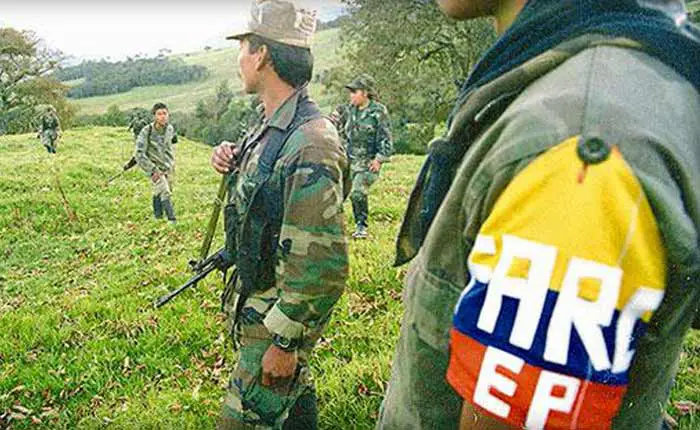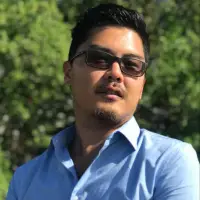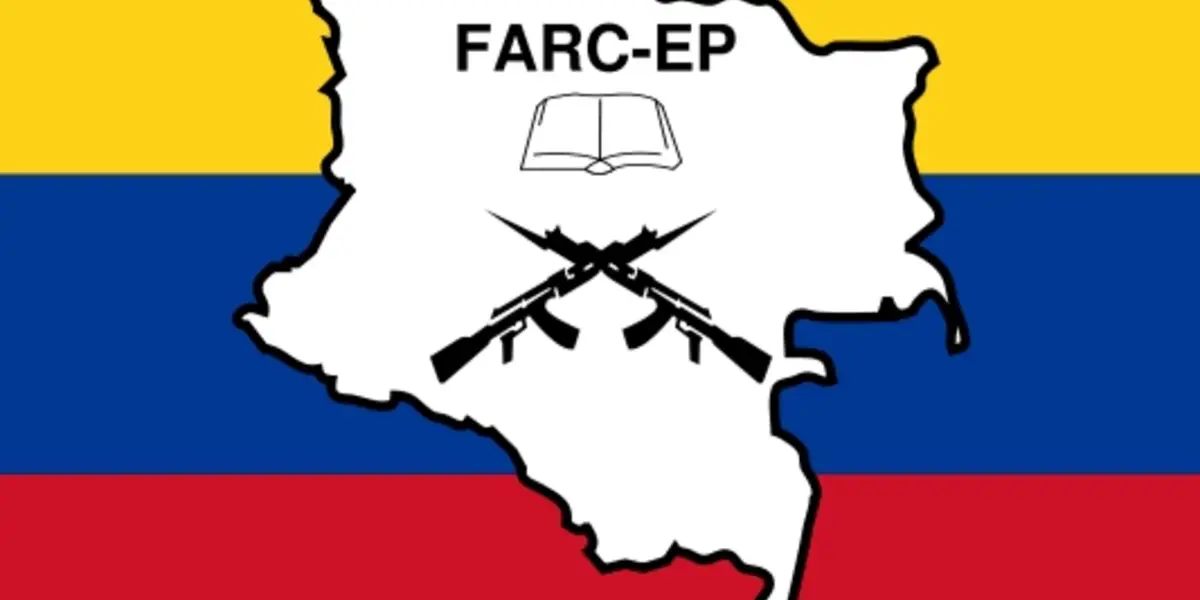Table of Contents
La Violencia & Birth of the Revolutionary Armed Forces of Colombia
The Fuerzas Armadas Revolucionarias de Colombia (Revolutionary Armed Forces of Colombia), more commonly known as FARC, are listed as a terrorist group by the governments of Colombia, the USA, Canada and the European Union.
Notorious across the globe for their guerrilla activities in Colombia, FARC have become synonymous with kidnappings, assassinations and the cocaine trade. Despite never being far from the international spotlight, the origins of FARC are often overlooked. Born of violence and raised to violence, the birth of FARC is uniquely Colombian.
La Violencia and the Origins of the Revolutionary Armed Forces of Colombia
Colombia has a history of violent protest stretching from Spanish colonial times to the present day. Geographical divisions have combined with social divisions to create a nation repeatedly lacking a strong, coherent governmental power base. Political protest is always one step away from outright revolution, and the results are frequently bloody.
In 1948, a period of vicious unrest broke out, an era in Colombia’s troubled history known simply as La Violencia – “The Violence”. A power vacuum, or at least the absence of strong leadership, had set about a brutal struggle between the Colombian Liberal Party, Conservative Party and Communist Party. When Liberal Presidential candidate Jorge Eliécer Gaitán was assassinated in Bogotá the nation descended into chaos.
Rioting immediately ensued in the capital leaving as many as 5,000 dead. Spreading to the countryside, peasant groups began waging an unsanctioned and violent civil war. La Violencia would last until approximately 1958; ten years of brutal national turmoil.
In 1949, a year after the outbreak of La Violencia, a man by the name of Manuel Marulanda Vélez joined a guerrilla band in support of the Liberals. During the next few turbulent years Marulanda would sway towards more communist ideals. His guerrilla role became more proactive, offensive rather than defensive. He was also learning both the politics and the tactics that would later aid him as leader of the FARC.
The Formation of FARC and Tirofijo

By 1958 civilian rule had been restored. The Liberals and Conservatives united to form a coalition to be known as the National Front. The Communists, however, were excluded despite controlling various guerrilla ruled “independent republics”. In 1964, Manuel Marulanda helped establish the remote Communist republic of Marquetalia. When the Colombian military launched an attack against Marquetalia the guerrillas scattered, but would soon regroup.
Two years later, in 1966, the Communist guerrillas had reformed. Marulanda, known amongst his men as “Tirofijo”(“Sureshot”), was widely respected for his leadership in earlier battles against the Colombian army. He was made Chief of Staff of the newly named and reorganized Revolutionary Armed Forces of Colombia. FARC had been born.
Against the background of the Cold War and the superpower struggles between Communist Russia and the USA, the Colombian Communist guerrillas called for land reform in Colombia and, to quote James Francis Rochlin, “they also called for the nationalization of strategic industries and for breaking the yoke of imperialist domination”.
FARC were politically motivated, mobile, and experienced in guerrilla tactics. They also had the support of many campesinos , rural Colombian peasants who were dissatisfied with the current government. They were to prove no easy match for the Colombian government or its army.
The Rise of FARC
FARC did not rise quickly. A constant thorn in the side of the Colombian government, the Revolutionary Armed Forces of Colombia never-the-less stayed largely within their own areas of control. They launched opportunistic strikes on military units in order to obtain weapons and supplies. They began taking hostages for political leverage and assassinating any opponents or informers who came within their reach.
With the onset of the 1980s a new source of power presented itself, a way to obtain both money and international connections – cocaine. As with the Sendero Luminoso (Shining Path) Communist movement of Peru, many FARC units began to work as efficient cocaine producers and smugglers.
Today, the ideological and socio-political motivation found in the early days of the FARC may have been tainted, but they remain a potent force.
Sources:
Angel Rabasa, Peter Chalk – Colombian Labyrinth, RAND, 2001, ISBN 0833029940
Steven S. Dudley – Walking Ghosts: Murder and Guerrilla Politics in Colombia, Routledge, 2004, ISBN 041593303X
James Francis Rochlin – Vanguard Revolutionaries in Latin America, Lynne Rienner Publishers, 2003 ISBN 1588261069

It’s not a matter of where, but when. Time is precious and my time spent living and experience the cultures of this world is what I lust for. This is why I created this website, to share true, genuine experiences and not just typical touristy info. Travel, the love of coffee, and food!
